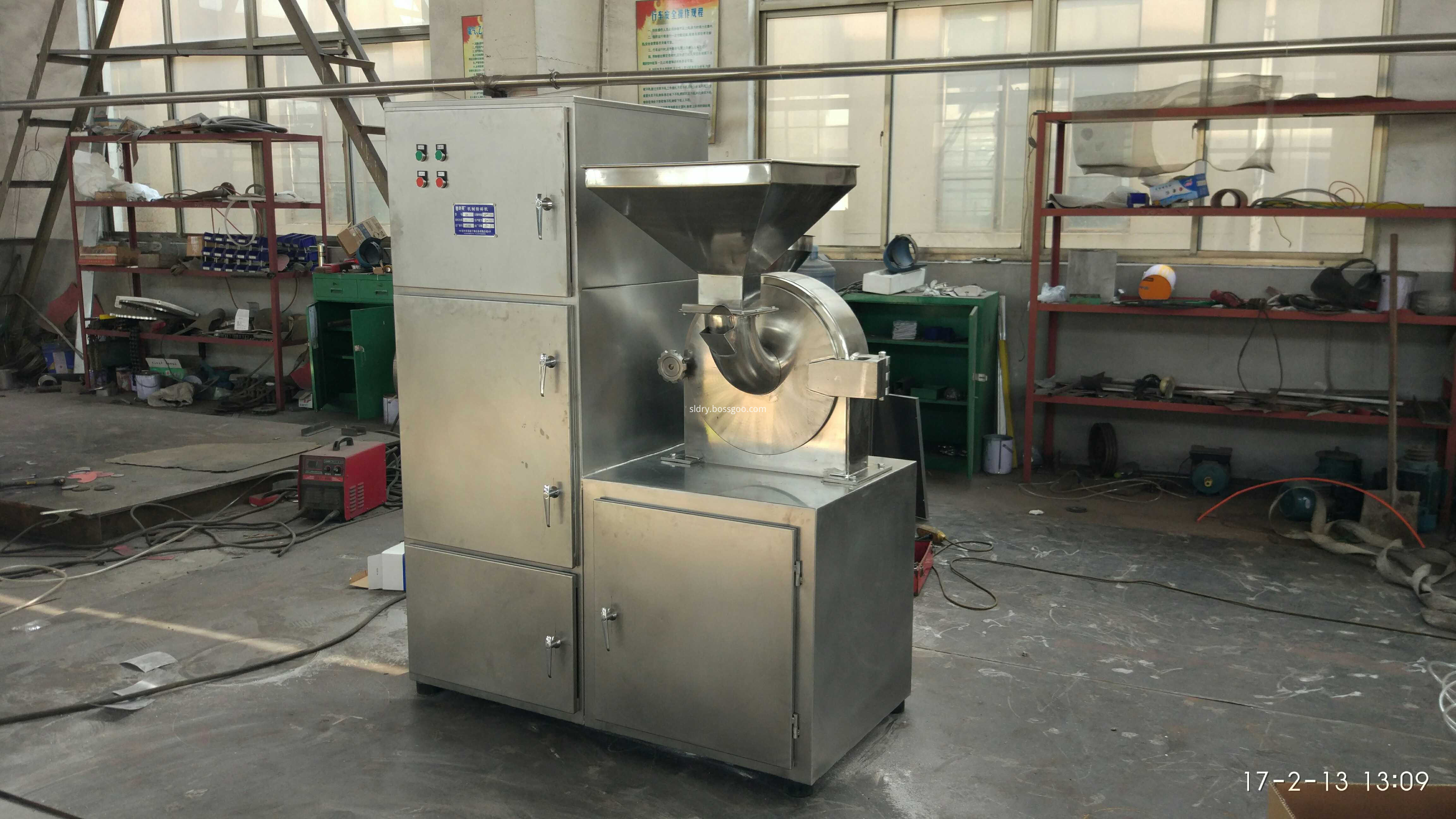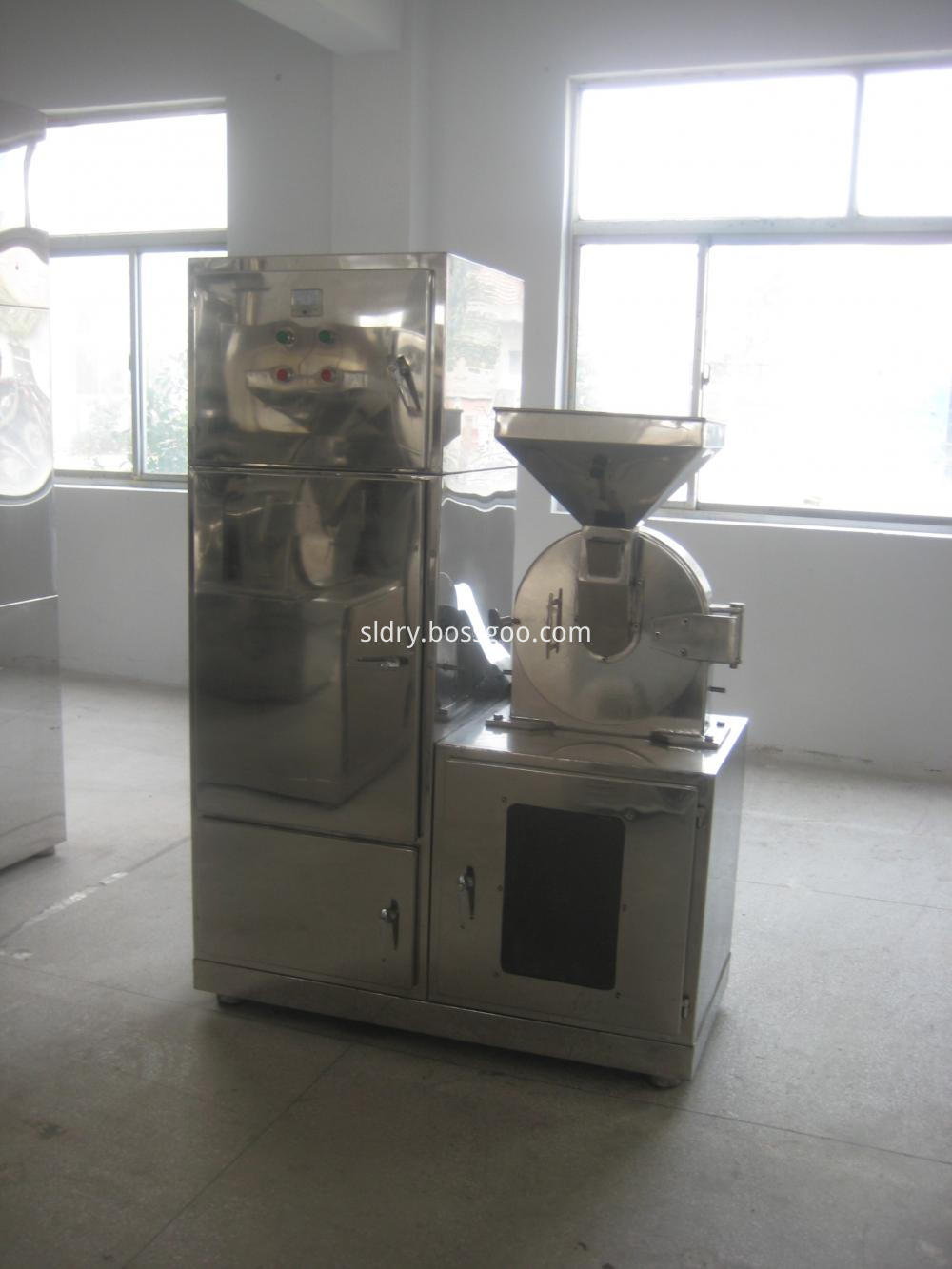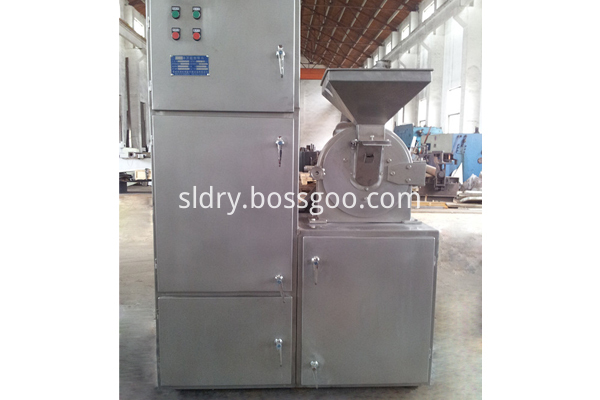3.2.2 Acidification method [13]
The acidification method directly treats the cyanide tailings with H 2 SO 4 to form HCN, and generates NaCN by lye absorption to achieve the dual purpose of purifying cyanide tailings, which is suitable for high cyanide-containing concentration. Tail residue purification treatment. For example, the gold concentrate cyanide tailings of a gold mine in Shandong Province, China, contains CN - up to 1242 mg / L. The mine uses H 2 SO 4 directly to acidify the tailings slurry, and the HCN is blown into the slurry. Into the NaOH eluent device to absorb, generate NaCN for recycling. Practice showed that: Acidification can tailings CN - from reduced to 3.2mg / L, then further processing or use bleach process wastewater aeration pipe CN - from after 0.5mg / L reduced emissions. The method can make the recovery rate of NaCN in the tailings more than 80%, and the benefit can compensate the cost of treating the tailings wastewater, and is an economical and reasonable method for treating cyanide tailings.
3.2.3 Other methods Activated carbon adsorption Catalytic oxidation is a new method for the development of cyanide-containing wastewater in recent years [14]. The through-air method is wastewater containing cyanide to ensure sufficient oxygen, under the action of a catalyst, so CN - decomposition of cyanide and other purposes. The industrial test of a gold mine in Hebei Province proves that the treatment of this method can reduce the CN - containing wastewater from 250 mg/L to less than 0.5 mg/L.
Adopting the zero-discharge process of natural purification and cyanide wastewater recycling is another important way to solve the environmental pollution caused by cyanide-containing wastewater. A gold mine in Liaoning Province has been proved by research and production practice [15]. The tailings wastewater containing CN - 70~100mg/L in the cyanide plant of the mine is sent to the tailings pond without treatment, and contains CN- after natural clarification . The return water from 22 to 59 mg/L was returned to the gold extraction plant for recycling. This treatment method not only reduced the cyanide leaching index, but also reduced the cost of wastewater treatment by 82%. The premise of adopting the zero-emission process: First, the water consumption of the gold-plating plant must be greater than the wastewater discharge; second, the tailings pond has no leakage and will not cause groundwater pollution. Where conditions are met, it is economically justified to use a zero-emission process.
4 Research and development of non-cyanide gold extraction process With the increasingly strict requirements of environmental protection in the world, the research and development of non-cyanide gold extraction agent and process are greatly promoted, including: chlorination method, thiourea method, thiosulfate France, France bromide, calcium polysulfide or the like.
4.1 Chlorination method [16, 17]
Chlorination is one of the earliest methods of chemical gold extraction. The advantage is that the gold leaching speed is fast, and the carbon-containing material adsorbing gold is inactivated. The disadvantage is that the acidic chlorine-containing solution is highly corrosive and requires high anti-corrosion materials for the equipment.
As early as the 16th century, brine was used to extract silver from ore. In 1880, Australia and Canada used gold chlorination to extract gold from roasted gold. In 1966, Finkelstein and others used the perchlorination method to extract gold from the Merril type mud mine in South Africa. The United States used hypochlorite pretreatment for the Carlin-type carbonaceous gold ore to make the gold leaching rate from 33% increased to over 90%. In 1988, Newmont Corporation of the United States further developed flash chlorination technology, which greatly shortened the chlorination time, reduced chlorine consumption by 25%, increased gold leaching rate by 6%, and introduced FeCl3 heap leaching. Gold law. Peru and France have developed a chlorination leaching process for the combination of salt, sulfuric acid and manganese dioxide. But so far, only a few countries such as South Africa have been used for industrial production using the water chlorination process.
Since 1988, the Beijing Research Institute of Mining and Metallurgy has carried out research on the gold extraction process of chlorination, and has made good progress through research on various ore types. For the gold-bearing arsenic bismuth- sulfur gold ore in Guizhou Miaolong, the leaching rate of gold is up to 91.44% by roasting-water chlorination method; for a gold mine in Hebei, it contains Au 12.21 g/t and As 0.6%. The material is treated by chlorination and gold extraction. Compared with the cyanidation method, the leaching time is shortened by 19 h, the gold leaching rate is increased by 1.69%, and the silver leaching rate is increased by 74.45%. For a gold-containing material in Gansu Province, 1 t of chlorination is carried out daily. The expansion test of gold shows that when the fineness of grinding is -0.074 mm, 50%, under the condition of 4 g/t of gold, the leaching rate of gold can reach 85%-90% after chlorination for 6 h. The chlorine consumption is 37-40 kg/t ore. In addition, the Hunan Institute of Nonferrous Metals used FeCl 3 gold-electrowinning process for Longshan dipping slag, the leaching rate of gold was 98%, and the electric volume rate was over 98%. The calcination-water chlorination method was used to raise gold for Pingjiang gold mine. Process, gold leaching rate of 97%. Yantai University used a hypochlorite leaching process for the Rushan Sanjia gold concentrate, and the gold leaching rate reached 95%. Kunming University of Science and Technology used MnO 2 , NaCl and H 2 SO 4 to chlorinate the gold ore containing As and Sb in Beibei at low temperature (280 °C), and achieved good results and progress.
The chlorination process is an ancient and promising method. Although many research work has been done in the field of chlorination and gold extraction, it is still in the stage of engineering research. In order to enable the process to be used for production as soon as possible, it is necessary to vigorously develop cheap and renewable chlorinating agents, reduce their consumption, and solve technical problems such as equipment corrosion.
4.2 thiourea method [16,17]
The thiourea method is considered to be a promising method for non-cyanide gold extraction. Before 1941, the Soviet scholar Plasin (ПлaÑии) and others first studied the thiourea gold-soluble technology, and after more than ten years of research, laid the foundation for the thiourea method to extract gold from ore. In 1968, Romanian scientists and technicians further studied the thiourea process gold extraction process. After 1976, South Africa, the United States, Australia, Canada and other countries have carried out research on thiourea gold extraction, the main direction of which is to study the adaptability to ore and the feasibility of refractory gold. As early as 1972, the Soviet Union established the first industrial test plant for gold extraction by thiourea in the Lebegine gold mine. The test found that the method has two major problems: excessive consumption of thiourea and serious gold surface passivation. Subsequently, through continuous research by scientists from various countries, it was found that the introduction of SO 2 in the process of gold extraction by thiourea can greatly reduce the consumption of thiourea and significantly reduce the surface of elemental sulfur passivated gold particles, thus accelerating the thiourea method. The industrialization process of gold.
The domestic thiourea process gold extraction process began in 1972, and Changchun Gold Research Institute and other units have carried out a lot of research work. The thiourea leaching is generally carried out in an acidic medium (pH < 1.5), usually using Fe 3+ as the oxidizing agent. For the three arsenic-containing gold-sulfur flotation concentrates of a gold mine in China, the comparative test results of thiourea leaching and cyanide leaching (see Table 3) show that the leaching rate of gold is higher than that of cyanide by thiourea method. Law. An expanded test with a daily throughput of 600 kg verified the results of small tests with an average leaching rate of more than 92%. A gold mine in Guangxi has used the thiourea method to raise gold. After several industrial tests, it has been found that the thiourea method has the advantages of high leaching speed and low toxicity, but the thiourea is expensive, the production cost is high, and the production process Poor stability limits its promotion and application.
The grinder is widely used in medicine, chemical industry, pesticide, food and grain industry. The crusher utilizes the high-speed relative motion between the movable and fixed teeth to crush the crushed material through the combined action of tooth impact, friction and impact between the crushed materials. The machine has simple structure, ruggedness, smooth operation and good crushing effect. The crushed material can be discharged directly from the grinding chamber of the machine. The size of the particle can be obtained by replacing the screen with different apertures.
Matters needing attention
1, check whether there is a foreign body in the crushing cavity (before opening the machine must be empty), and connect the power supply.
2. Tighten the butterfly nut of the upper cover and the crushing chamber.
3. Start the motor, turn the air machine for 1-2 minutes, then gradually feed the beaten material from the feeding tray, the feeding should not be too fast and excessive.
4. If the material is stuck and the motor does not turn, please close it immediately so as not to burn the motor. After the stuck material is removed, it can be used again.
5. During the use of the machine, it is forbidden to open the upper cover and extend the hand into the crushing cavity.
6, the machine is a dry grinder, and it is not suitable to crush wet matter and greasy matter.
7. Users are required to replace different screens.
8. This machine adopts overheat protector. If the load of the motor is too large, it will stop automatically. If you continue to operate, please press the protector again.



Crushing Series,Rock Crushing Plant,Crushing Mining Equipments,Impact Crushing Equipment
Changzhou Su Li drying equipment Co., Ltd. , https://www.sldrying.com